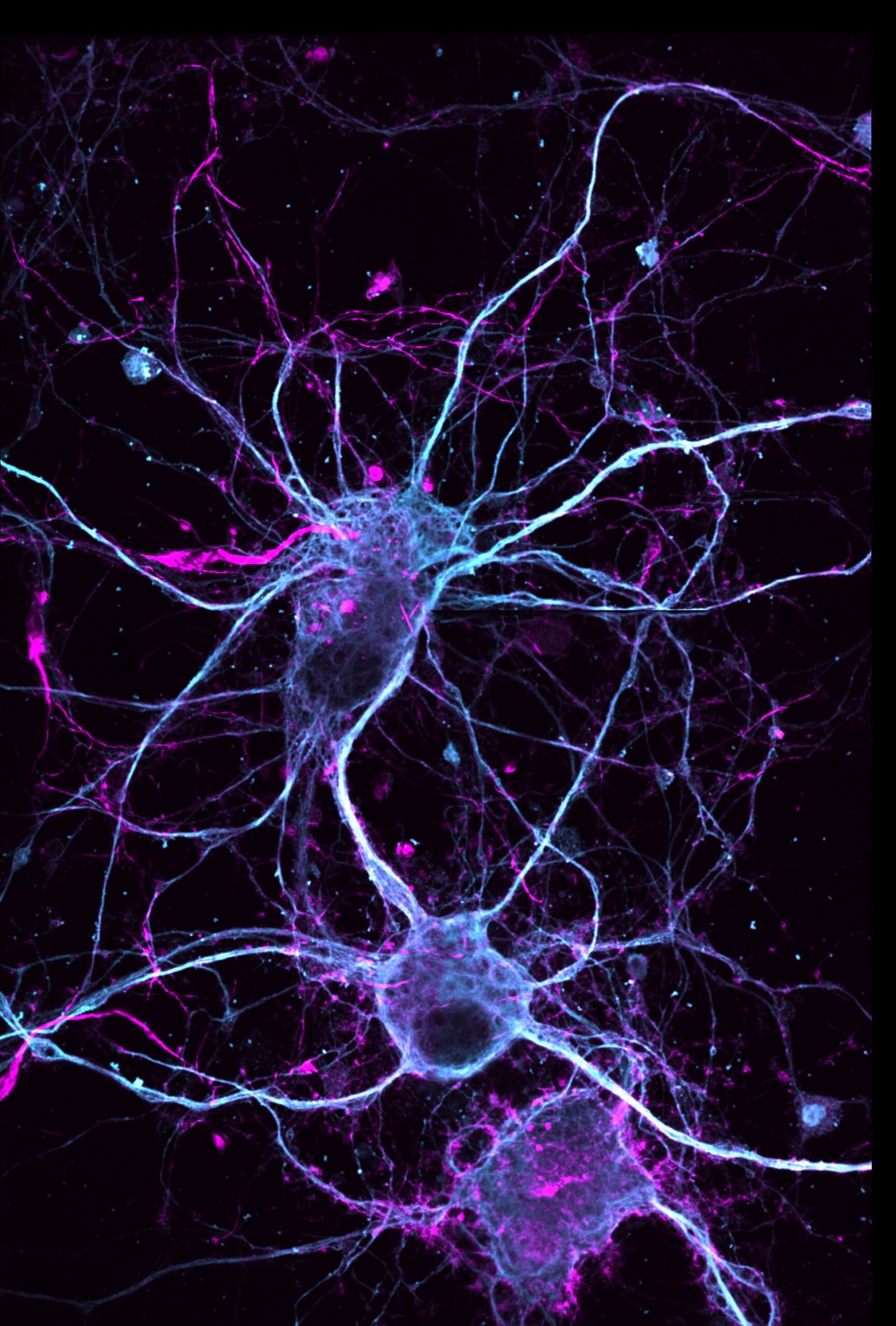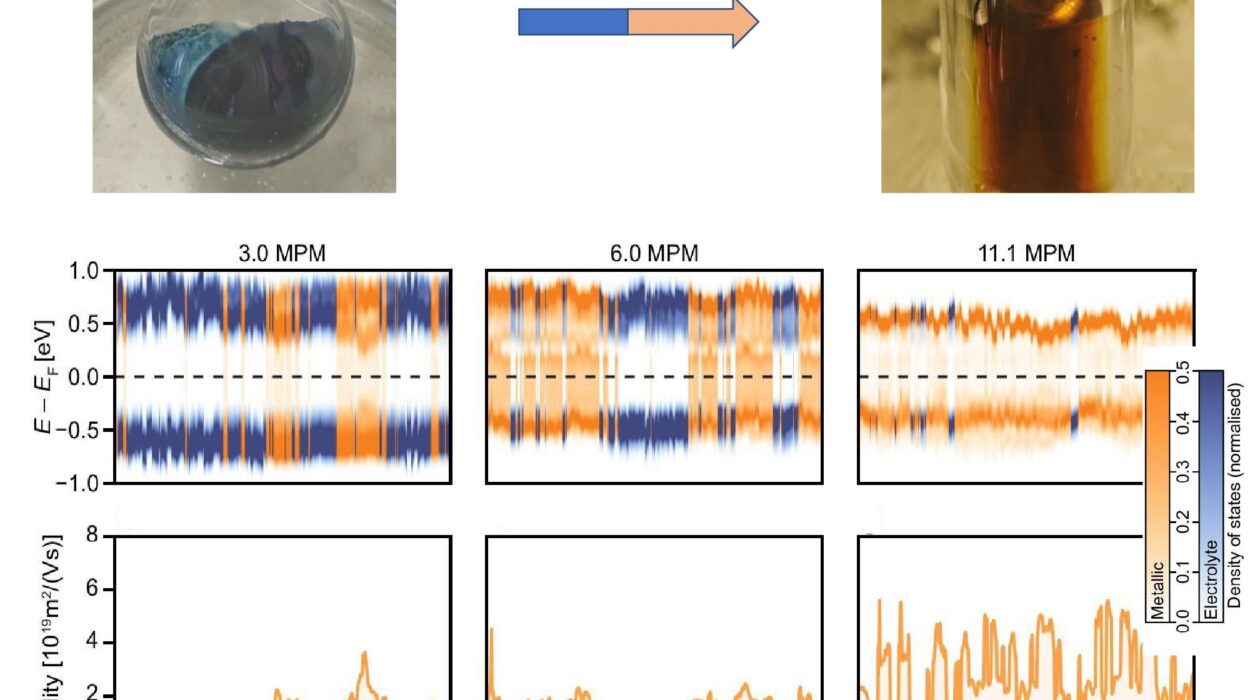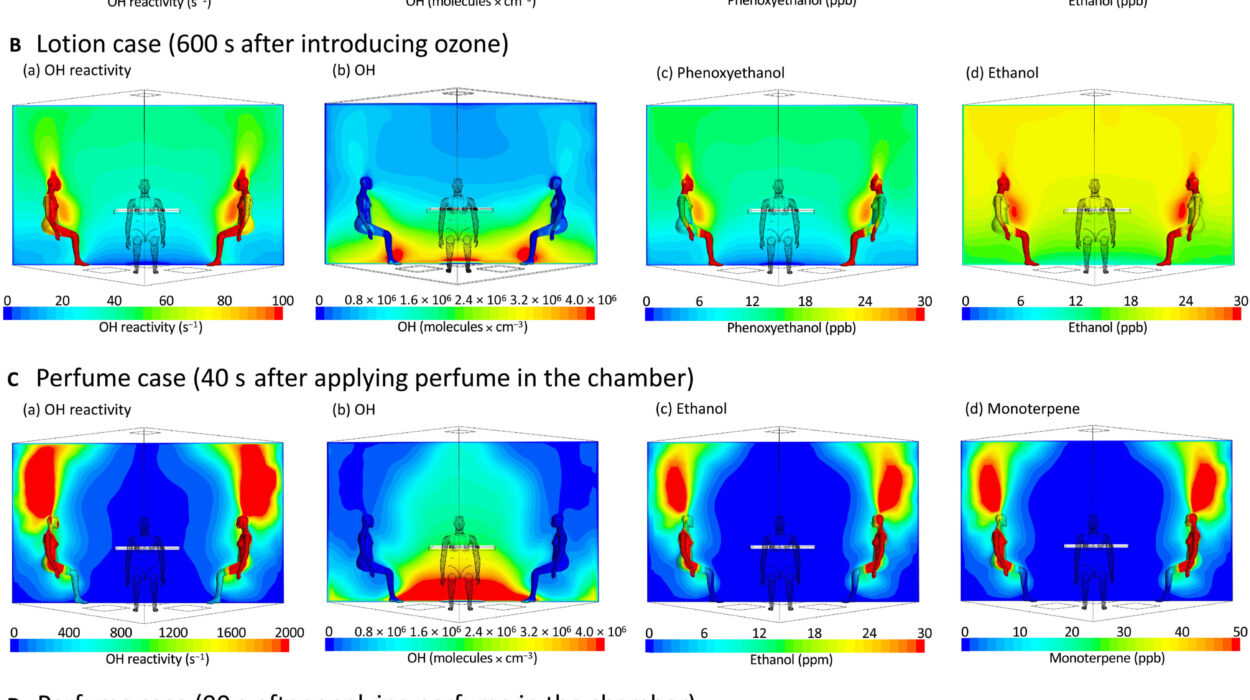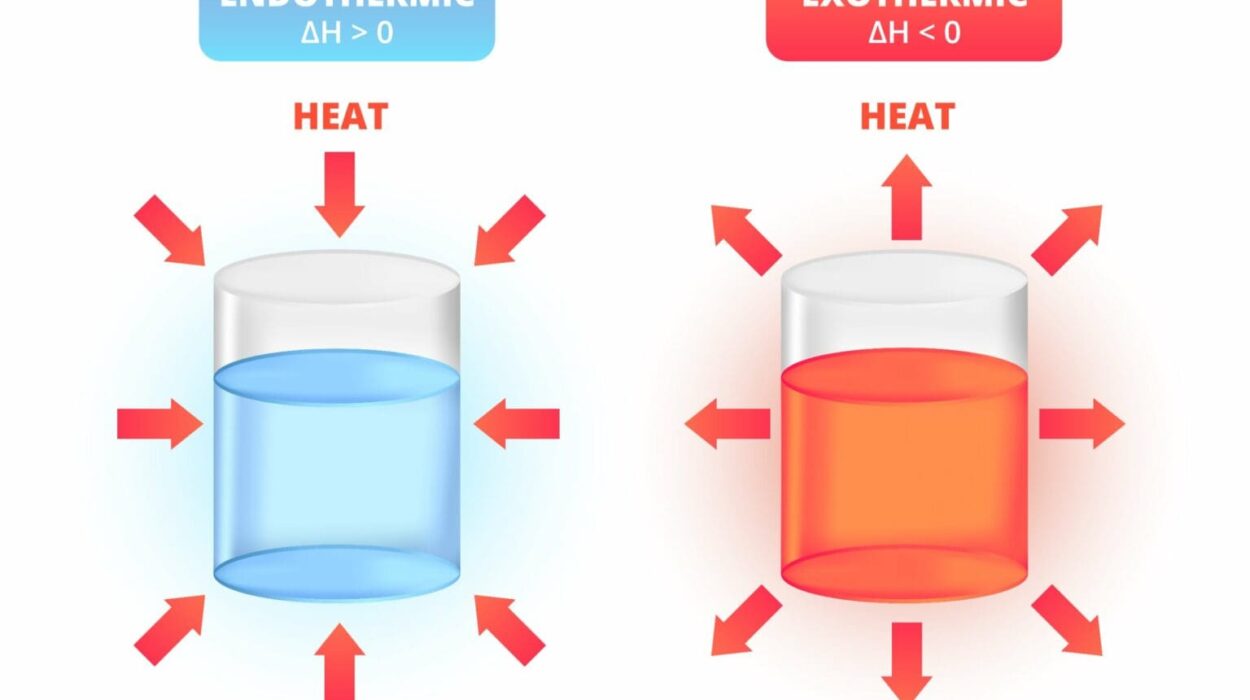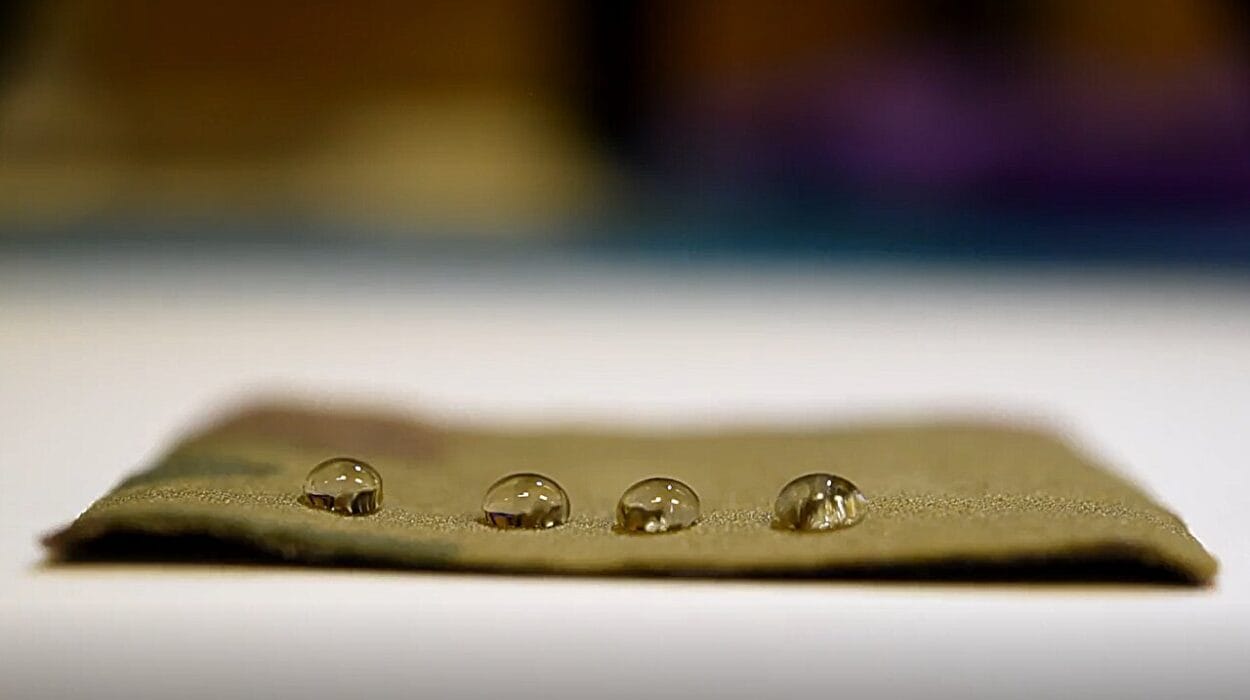Ibogaine, a psychoactive compound derived from the iboga shrub (Tabernanthe iboga) and the voacanga tree (Voacanga africana), has attracted considerable attention in recent years for its potential to treat a variety of mental health conditions, including substance use disorders and depression. Known for its profound anti-addictive properties, ibogaine has shown promise in helping individuals break free from the grips of addiction, including dependencies on substances like opioids and alcohol. In addition to its potential as an anti-addiction agent, ibogaine has also been investigated for its neuroprotective effects, including the possibility of aiding in the recovery from traumatic brain injury (TBI).
However, despite its potential, ibogaine is not without significant concerns. It is a finite resource, derived from plants that are native to Africa, and its use can lead to cardiac risks, including irregular heartbeats that can be life-threatening. This has made its clinical application somewhat challenging, especially as demand for the compound increases. Furthermore, the complexity of ibogaine’s molecular structure has hindered efforts to synthesize the compound on a large scale, further limiting its availability and usage. As a result, there is a pressing need to better understand the biological effects of ibogaine and to explore safer, more effective alternatives.
In response to these challenges, a recent study published in Nature Chemistry by researchers from the University of California, Davis Institute for Psychedelics and Neurotherapeutics (IPN) offers a promising new approach. The team, led by David E. Olson, a professor of chemistry and biochemistry, has successfully completed the total synthesis of ibogaine, ibogaine analogs, and related compounds using pyridine, a relatively inexpensive and widely available chemical. This groundbreaking synthesis strategy not only promises to increase the availability of ibogaine but also opens the door to the development of safer and more effective derivatives that could bypass the risks associated with the natural compound.
The Challenge of Synthesizing Ibogaine
Ibogaine’s chemical structure is incredibly complex, which has historically made it difficult to produce in significant quantities. While the compound can be extracted from plant sources, doing so in large amounts requires harvesting considerable amounts of iboga plants, a practice that can strain the environment and result in unsustainable harvesting. As a result, scientists have long sought a synthetic pathway to produce ibogaine more efficiently and safely.
Historically, attempts to synthesize ibogaine have met with limited success due to the compound’s complex chemical structure, which includes multiple rings and intricate molecular arrangements. These challenges have prevented researchers from developing synthetic routes that could yield ibogaine at the necessary scale for clinical and commercial use. However, the recent work by Olson and his team represents a significant breakthrough.
By utilizing pyridine, a cheap and readily available chemical, the researchers were able to create a highly efficient synthetic process for producing ibogaine and related compounds. The team’s approach enables the production of four naturally occurring ibogaine-related alkaloids and several non-natural analogs. Importantly, this process is much more efficient than previous synthetic efforts, with overall yields ranging from 6% to 29% after only six or seven steps. This marks a marked increase in efficiency compared to earlier methods, which required far more complex procedures and lower yields.
The Promise of Ibogaine Analog Development
In addition to synthesizing ibogaine itself, the research team also focused on creating ibogaine analogs—modified versions of the compound that could offer the same therapeutic benefits but with fewer safety risks. The development of these analogs could play a critical role in mitigating the cardiac risks associated with ibogaine while preserving its anti-addictive and anti-depressant effects. One of the key areas of interest in the study was the synthesis of mirror-image ibogaine compounds, which are chiral—meaning they exist in two versions that are non-superimposable, similar to the way left and right hands are mirror images of each other.
The researchers tested the effects of ibogaine and its mirror-image analog on neurons and discovered a striking difference in their biological activity. The natural version of ibogaine promoted neuronal growth, while the mirror-image compound had no such effect. This finding provided the first evidence that ibogaine’s therapeutic effects are likely the result of interactions with a specific receptor or enzyme, suggesting that a more targeted approach to developing ibogaine analogs could lead to even more effective treatments with fewer side effects.
Another exciting analog identified in the study was (–)-10-fluoroibogamine. This compound exhibited remarkable effects on neuronal structure and function, including the promotion of neuronal growth and reconnection. Furthermore, the compound showed potent effects on serotonin transporters, which are proteins that regulate serotonin levels at synapses. Serotonin is a neurotransmitter that plays a critical role in regulating mood, and the serotonin transporter is the target of many antidepressants. This finding suggests that (–)-10-fluoroibogamine could hold promise as a treatment for not only substance use disorders but also depression and other neuropsychiatric disorders.
Potential for Safer Treatments
The safety of ibogaine is one of the most significant concerns surrounding its use, particularly its potential to cause heart arrhythmias. Despite these risks, ibogaine is gaining popularity as a treatment for substance use disorders and traumatic brain injury, and some have sought ways to mitigate the cardiac risks associated with its use. Cardiac monitoring and magnesium supplementation have been suggested as possible strategies to reduce these risks, but Olson’s research team hopes to take things a step further by developing safer and more effective ibogaine derivatives.
“Maybe we just need ibogaine 2.0, a better version that still produces these profound anti-addictive and anti-depressant effects but doesn’t have that cardiac risk,” Olson said. The development of these new analogs could lead to a future in which the benefits of ibogaine can be accessed without the same level of concern about safety.
A Decade of Research and Development
The research that led to the successful total synthesis of ibogaine was a decade-long effort, with the team exploring various synthetic routes and encountering numerous challenges along the way. In many previous attempts, researchers had to rely on starting materials that were difficult to obtain or expensive, making the process less efficient. The breakthrough presented by Olson and his colleagues lies in their ability to use abundant and inexpensive chemicals to assemble the necessary components of ibogaine in just a few steps. This not only improves the overall efficiency of the synthesis process but also makes it more sustainable and accessible.
Olson’s team is hopeful that their synthetic strategy will provide a valuable blueprint for other researchers to follow. By making the synthesis of ibogaine and its analogs more efficient and cost-effective, the research could pave the way for clinical trials and the eventual development of safer, more effective medications for the treatment of addiction, depression, and related neuropsychiatric disorders.
Conclusion
The successful total synthesis of ibogaine and its analogs marks a significant milestone in the field of psychedelic medicine. It not only solves the issue of limited availability by providing a scalable method of production but also opens the door for the development of safer, more effective treatments. With further research into the biological effects of these compounds, we could see a future in which ibogaine derivatives become mainstream treatments for mental health disorders and substance use issues, offering hope to countless individuals in need of better therapeutic options.
Reference: Rishab N. Iyer et al, Efficient and modular synthesis of ibogaine and related alkaloids, Nature Chemistry (2025). DOI: 10.1038/s41557-024-01714-7
